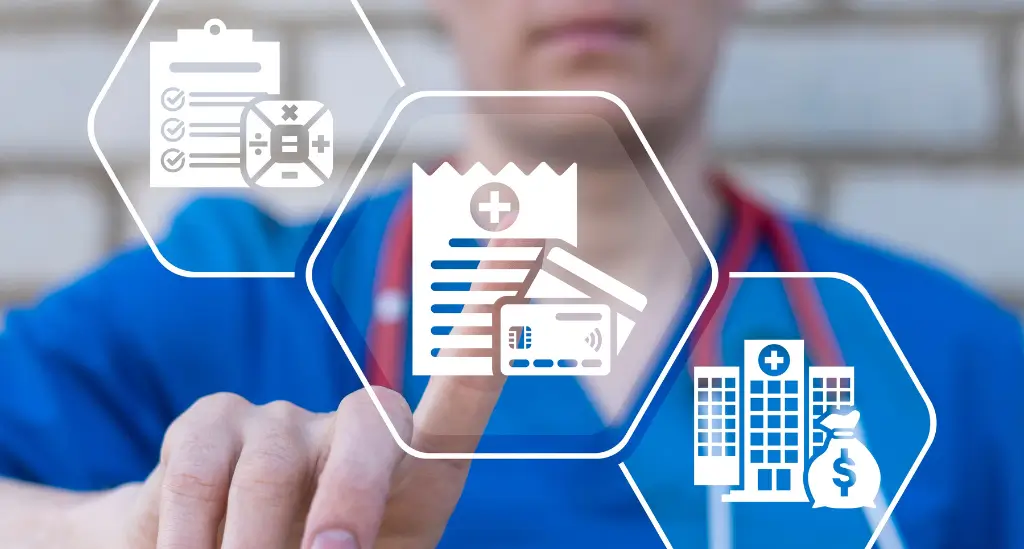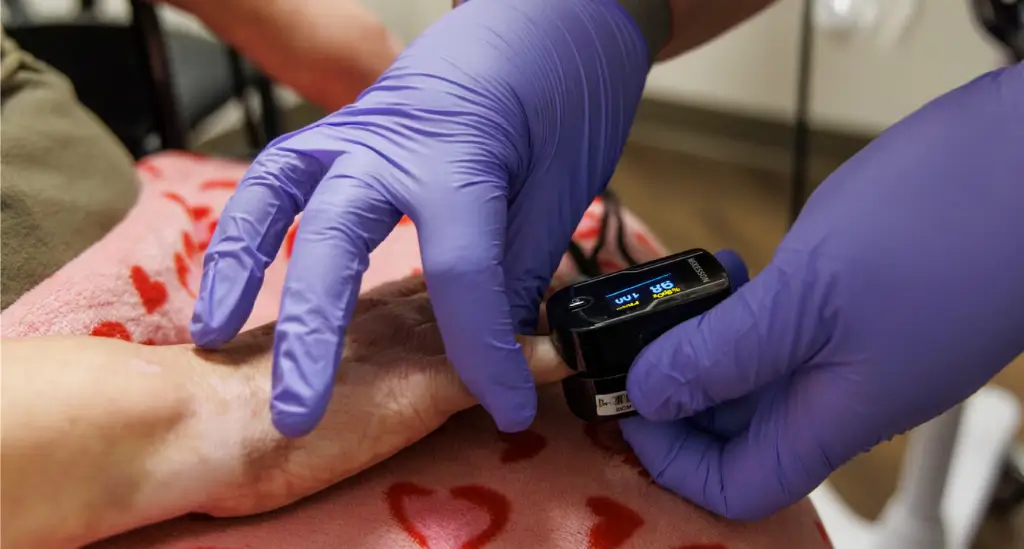American hospitals have become involuntary lenders in a broken system. Over the past 25 years, insurance deductibles have climbed 472% while wages grew less than 20%. The result is that even insured patients can’t pay their medical bills. Hospitals are left carrying billions in unpaid balances, effectively functioning as interest-free lenders for the insurance industry while their own finances suffer.
For the 46% of rural hospitals already operating at a loss, traditional collection methods are ineffective at best and actively harmful at worst. Aggressive tactics alienate patients, exhaust staff, and destroy the community trust rural and regional hospitals depend on. Yet most revenue cycle teams continue using the same pressure-based approaches that stopped working years ago.
Here at Revenue Cycle Associates, we’ve found a better way to improve patient collections—one that consistently boosts recovery rates by 19–23% and cuts complaint calls by 35–38% without adding staff or technology.
The difference lies in truly understanding why patients resist payment and how human psychology actually responds to financial stress.
Why Traditional Collection Methods Trigger Resistance
The fundamental problem with aggressive collection methods (beyond their questionable morality) is one of neurology.
When patients receive calls about medical debt, their brains activate the fight-flight-freeze response. This is the body’s survival system, designed to protect us from threats. In collections contexts, it manifests as:
- Fight: Arguing, pushing back, becoming defensive
- Flight: Avoiding calls, ignoring bills, hanging up
- Freeze: Shutting down, going silent, feeling paralyzed
Now layer in medical anxiety, financial concerns, and insurance confusion. A patient’s ability to process information rationally is already compromised. When they hear threatening language like “final notice,” “credit reporting,” or “legal action,” their stress response intensifies and their capacity for problem-solving shuts down completely.
This is why pressure tactics consistently fail; you’re fighting basic human neuroscience. Fear triggers resistance and blocks cooperation.
The hospitals succeeding in today’s environment share one defining trait: They approach patient collections as a service conversation as opposed to a financial standoff. This is especially important for regional and rural hospitals, where the patient could be someone your staff sees in the grocery store.
The Shift: From Collector to Advocate
Here’s what changes when you treat collections as patient advocacy instead of enforcement:
You build rapport before discussing money. Patients cooperate when they feel understood, not cornered.
You help patients redirect their anger. Most patients blame the hospital for costs, when the insurance system actually created them. When you help patients understand the distinction, tension is defused and trust restored.
You connect payment to care received. Patients forget their bill represents real value—the tests that caught something early, the monitoring that prevented complications, the treatment that kept them out of the ER. Reminding them briefly and naturally reframes payment from “another bill” to “completing care.”
You focus on partnership, not punishment. Many patients want to pay but feel stuck. Your role is to educate them on options, uncover barriers, and guide them to a resolution.
One Iowa regional hospital that implemented this approach saw a 19% increase in self-pay collections and a 35% drop in call escalations within six months. Staff reported fewer hostile interactions and significantly less burnout.
The E-A-R Technique: A Simple Framework That Works
Many RCM teams have been introduced to this technique (or variations of it) in the past, but few apply it with consistency and discipline. As part of a dedicated shift in approaches to collections—supported by clear KPIs and ongoing coaching—this seemingly simple technique becomes a reliable framework for reducing conflict, improving recovery rates, and strengthening patient trust.
E: Empathize – Acknowledge the patient’s feelings first. “I can see how frustrating this is” or “I understand how confusing insurance can be.”
A: Acknowledge – Repeat back what they said in your own words. “So what I’m hearing is the bill feels higher than you expected.” This proves you’re listening.
R: Respond – Only after empathy and acknowledgment do you offer solutions. Patients become receptive to resolution when they feel understood first.
Most collection breakdowns happen in the first 30 seconds of a call, when stress runs high and trust runs low. E-A-R prevents those moments from derailing.
Identifying Real Objections
Patient objections sound simple on the surface but usually mask deeper issues:
“I can’t afford this” might mean genuine financial hardship, or it might mean “I’m angry about this bill and refusing to pay.”
“My insurance should have covered this” could indicate a billing error, insurance confusion, or distrust of the hospital.
“The price is too high” can be about more than the dollar amount; it can reflect perceived value of care or frustration with unexpected costs.
Knowing how to diagnose the real objection, then using the E-A-R technique to respond with the right combination of empathy and education, makes the call much more likely to end in resolution.
After retraining front-line collectors to use the E-A-R framework and new empathy-based scripting, including guidance on explaining insurer-driven costs and recognizing “brick wall” moments, one Georgia regional health system saw a 22% increase in self-pay collections and a 38% drop in complaint calls within six months.
The Insurer Education Gap
One of the most powerful shifts in modern collections is helping patients understand who actually created their financial burden.
Most patients believe the hospital is solely responsible for the cost of care. In reality:
- Insurance companies designed the high deductibles and copays
- Insurance companies decide what portion they’ll pay and what becomes patient responsibility
- Insurance companies limit how providers can discount or forgive balances
- Insurance companies profit while hospitals are forced to collect from patients
When your staff can explain this calmly and factually, patients stop seeing the hospital as the problem.
You can’t fix the system in one phone call. But helping patients understand who built it can fundamentally change the conversation.
Successful Implementation
While the psychology behind modern collections is straightforward, the operational side is where results are won or lost.
Three elements matter most:
1. Clear, reliable scripting
Not rigid scripts, but familiar phrasing that steers staff away from trigger words, clarifies insurance rules, and anchors every conversation in the E-A-R framework.
2. Practical training on objection handling
Teams need a basic understanding of what different objections actually mean and how to respond without escalating frustration. When staff can tell whether a patient is confused, frustrated, or genuinely unable to pay, the path to resolution becomes clearer.
3. Ongoing learning
This doesn’t require major time investment. Monitoring a few key indicators, such as self-pay recovery and complaint calls, and sharing quick lessons from recent interactions keeps the approach sharp. The hospitals seeing real gains are the ones treating this as a steady, consistent practice rather than a one-time initiative.
Ready to Learn More?
This article introduces the principles behind advocacy-based collections and the E-A-R technique, but it covers only the foundation. Applying the approach in daily workflow requires structured tools—practical phrasing for specific objections, clear insurer explanations, guidance on linking payment to care value, and examples of how to end difficult calls while preserving trust.
We’ve pulled all of that together in our full guide, The New Science of Patient Collections: How Empathy-Based Processes Preserve Cash Flow and Community Trust. If you’d like a copy, send us a note at [email protected].
“Revenue Cycle Associates has been a great asset to our facility for the past decade. They have added thousands to our bottom line monthly. Their staff is friendly and always available when needed. Their commitment to the healthcare industry and their clients is unquestionable.”
– Chuck Herrick, PFS Director, Crisp Regional Hospital
Need help improving recovery rates without damaging patient relationships?










